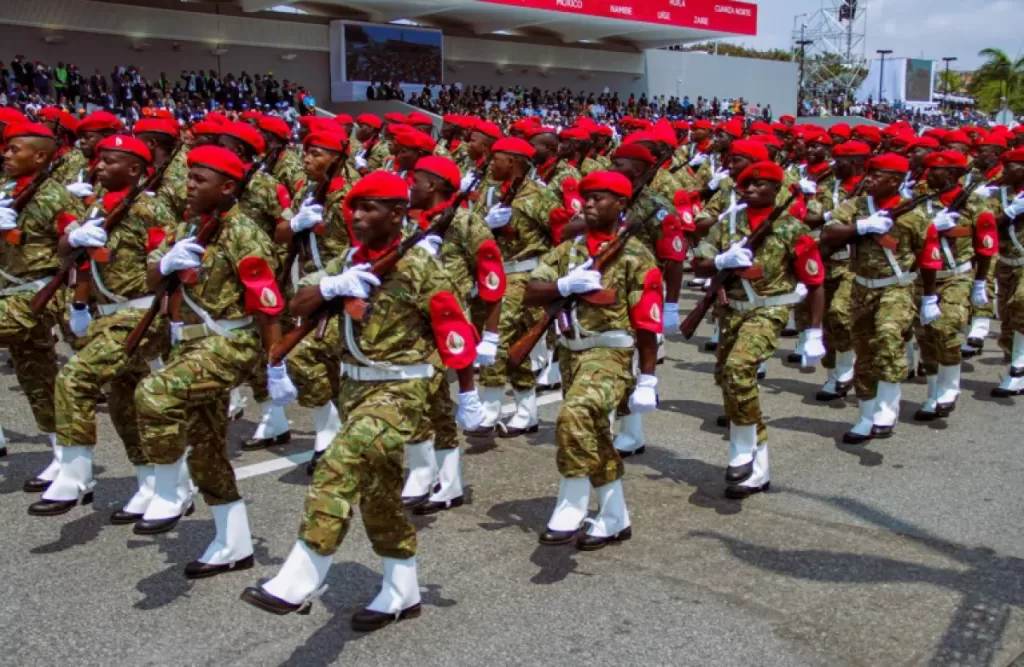The region now known as Angola was first visited by Europeans by the Portuguese explorer Diogo Cão in 1484. Over the following centuries, the Portuguese established settlements and trading posts along the Angolan coast. It was not until the 20th century that Portuguese control extended to the interior region of Angola.
Angola is known for its unusual rock patterns, vast gorges, and waterfalls.
The first movement towards independence for Angola began in the 1950s with the creation of political groups wanting self-determination for Angola.
The Portuguese regime at the time refused to countenance any moves by its colonies towards independence and the independence movement in Angola was suppressed. this led to an armed guerilla campaign that began in 1961 becoming the Angolan War of Independence. The war only came to an end when a military coup in Portugal in April 1974 overthrew the regime of Estado Novo. The new Portuguese government then called a cease-fire and stopped all military action in the African colonies, declaring its intention to grant them independence without delay.
The three main guerrilla groups formed a transitional government in January 1975. Fighting soon broke out between these groups as they vied to gain control of the country. With support from Cuba, one of the groups, the People’s Movement for the Liberation of Angola (MPLA), took control of Angola’s capital, Luanda, and declared independence on November 11th 1975.
The capital Luanda has been the world’s most expensive city for ex-pats since 2013.
